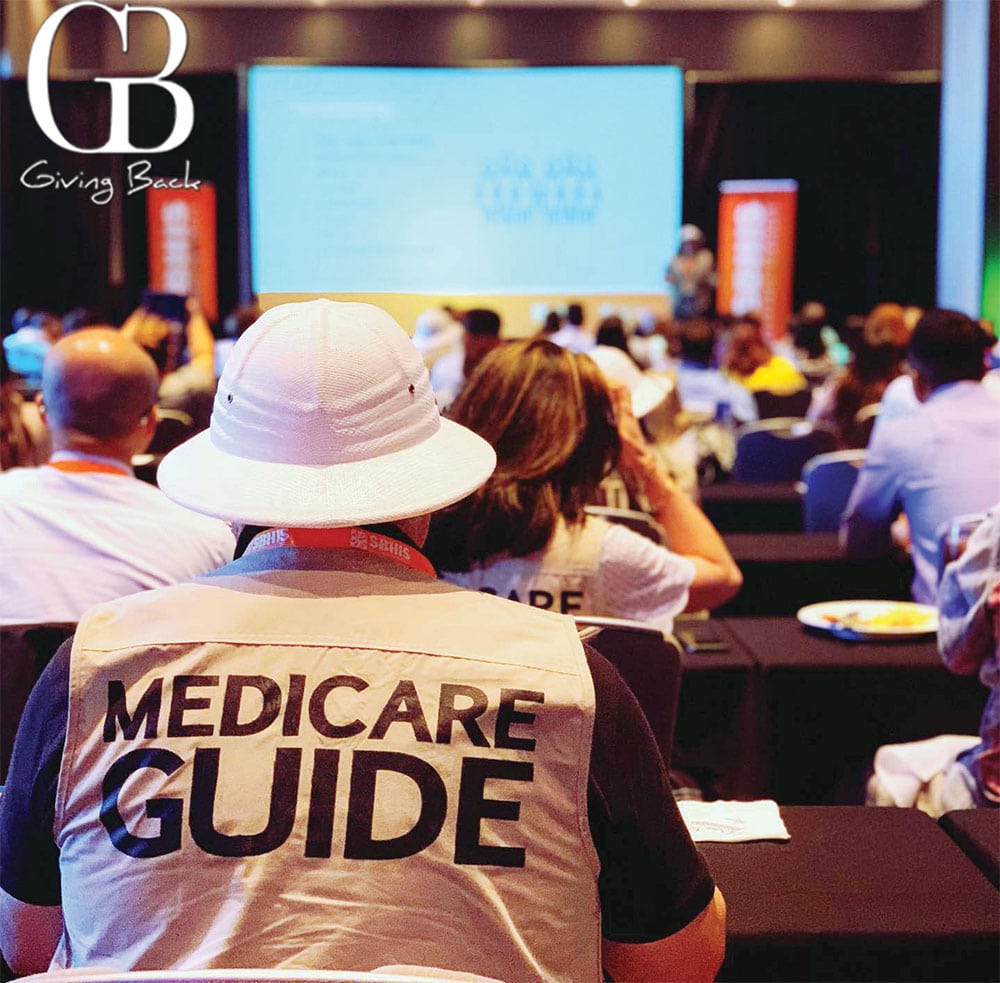Enrolling in Medicare Has Money-Saving Benefits

The concept of a national healthcare program is nothing new. In the 1940s, President Truman advocated for a universal national health insurance program, though it was not until 1965 that President Johnson officially signed the Medicare and Medicare Act into law.
While most people on Medicare today report they are satisfied with their healthcare coverage, the program itself is somewhat confusing with the array of coverage choices, premium levels and enrollment rules to keep track of.
What often happens when people turn 65 and become eligible for Medicare, is that they either choose to remain on their employer’s insurance, stay on their partner’s insurance, or do not take any action. Luckily, organizations like SBHIS insurance Services work to ensure each beneficiary understands their options so they can choose the right plan for them.
Pat Salas, CEO of SBHIS shared with GB Magazine, “The enactment of Medicare drastically improves access to care for millions of elderly Americans. They just need to know what is available to them.” She adds that for those already receiving Social Security Benefits at 65, they can expect to be automatically enrolled (though they should double-check). If not automatically enrolled, it is a good idea to enroll during the initial enrollment period.
For seniors who want to maximize their savings while on Medicare, Pat recommends taking advantage of the Medicare Part B premium reduction included in some Medicare Advantage plans. The amount covered can range from 10 cents to the full Part B premium cost, which is roughly $170.10.
There are also numerous Medicare Advantage plans that may include a Flex Card that provides an additional allowances to reduce out-of-pocket costs for dental, vision and hearing needs; a Simply Cash Card that can be used for groceries, utilities, housing, and transportation; and an allowance meant for the purchase of health-related items such as medications.
El concepto de programa nacional de salud no es algo nuevo. Ya en 1940, el presidente Truman promovió la creación de un programa de salud nacional, aunque no fue hasta en el 1965 que el entonces presidente Johnson firmó de manera oficial la ley sobre Medicare y el Medicare Act.
Mientras que hoy en día la mayoría de las personas dentro del sistema de Medicare se encuentran a gusto con sus coberturas de salud, el programa en sí es algo confuso en cuanto a las opciones de cobertura, niveles Premium y reglas de requisitos a llenar.
Lo que muchas veces ocurre es que, cuando una persona cumple los 65 años y puede acceder a Medicare, decide mantenerse en el seguro de su empleador, quedarse en el seguro de su pareja o no tomar ninguna decisión. Afortunadamente existen organizaciones como SBHIS Insurance Services que trabajan incansablemente para que cada beneficiario entienda sus opciones y así elegir el plan que mejor se adapte a sus necesidades.
Pat Salas, CEO de SBHIS le comenta a la revista GB, “la promulgación de Medicare mejoró de manera drástica el acceso a la salud de millones de personas mayores de los Estados Unidos, solo necesitan saber que está disponible para cada uno”. Además, comenta que aquellos quienes ya están recibiendo Social Security Benefits a los 65, puede que sean inscriptos de manera automática (aunque deberían controlarlo nuevamente). En caso de no haber sido incluidos de manera automática, es una buena idea hacerlo durante el periodo inicial de inscripción.
Para las personas mayores que quieren maximizar sus ahorros mientras se encuentran en Medicare, Pat les recomienda aprovechar los descuentos Premium de Medicare Part B incluidos en algunos de los planes de Medicare Advantage. El monto de cobertura puede ir desde los 10 centavos a los costos completos del Part B Premium, aproximadamente unos $170.10.
También existen numerosos planes de Medicare Advantage que pueden incluir una Flex Card, que les brinda asignaciones extras que reducen los costos no reembolsables de necesidades dentales, auditivas y oftalmológicas. Una tarjeta Simply Cash Card que puede ser utilizada para compras de alimentos, servicios, vivienda y transporte; y una asignación destinada a la compra de artículos relacionados con salud como medicamentos.







